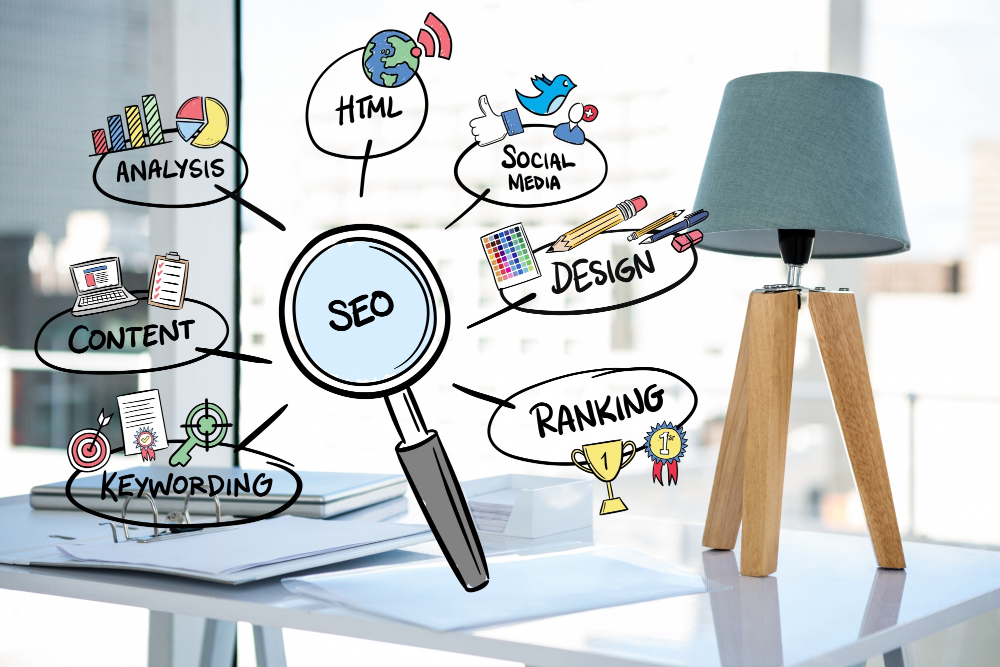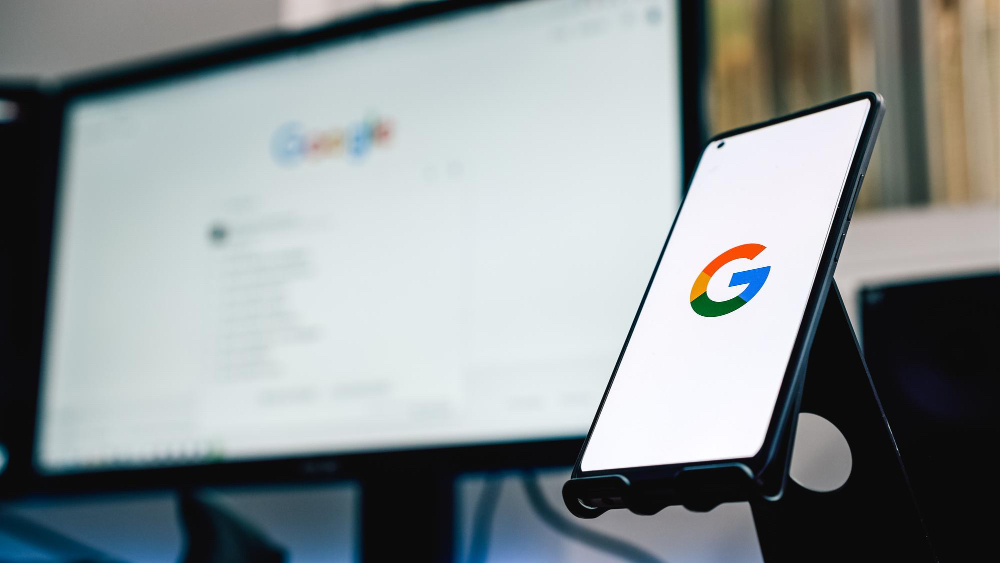SEO and SEA: What are they and how do they help your brand?
Digital marketing is constantly evolving and optimising your content for search engines (SEO) and advertising on these platforms (SEA) have become essential components of successful digital strategies. Understanding how to structure the interaction between SEO and SEA is crucial to maximising marketing efforts and boosting website traffic and conversions.
In this article, we'll explore how SEO can influence SEA performance and present practical tips for integrating these two powerful online marketing channels into your strategy. We'll discuss the differences and similarities between SEO and SEA, as well as the main factors that affect SEA performance as an element of organic search, keyword research, landing page experience, site speed and content strategy.
SEO and SEA, what are they?
In the dynamic world of digital marketing, companies need to employ various tactics to gain online visibility and drive traffic to their websites. Two of the most important strategies used to achieve this are search engine optimisation (SEO) and search engine advertising (SEA).

SEO - Search Engine Optimisation
SEA - Search Engine Advertising
SEA, on the other hand, is the process of placing paid adverts on search engine results pages for specific keywords or audiences. Google Ads is the most popular SEA platform, allowing advertisers to bid on keyword auctions where they can display adverts on Google search results pages. The main aim of SEA is to drive immediate, targeted traffic to a website, generate leads and get conversions.
Although SEO and SEA both aim to increase website visibility and drive traffic, there are important differences between the two strategies. SEO focuses on organic search results and long-term growth, while SEA is about paid advertising and immediate results. However, both have keyword research, target audience segmentation and delivering value to users as their common ground.
How SEO influences SEA performance

Although SEO and SEA are generally considered separate disciplines, they have a common goal: to generate targeted traffic. Therefore, understanding the interaction between SEO and SEA is key to maximising digital marketing efforts.
Presence in organic search can positively influence the performance of adverts. A website that ranks well in organic search results conveys trust to users, which can lead to higher click-through rates and ad conversions. In addition, a strong organic presence can contribute to greater "brand lift", where users are more likely to click on your ads because they recognise your brand in organic search results.
Keyword research is essential for both SEO and SEA. Identifying relevant keywords with a high volume of traffic allows you to optimise your website and ads, improve visibility and targeting. In addition, understanding the search intent behind keywords helps you create more effective content and adverts, which leads to greater interaction with potential consumers and better campaign performance.
The landing page experience is an essential factor for SEO and SEA performance. Google Ads evaluates landing pages based on factors such as relevance, usability and loading time to determine the quality score of the advert. By optimising landing pages, you can improve the user experience, ad quality scores and, consequently, obtain lower CPCs and higher ad positions.
Site speed and mobile optimisation are crucial for SEO and SEA performance. A fast, mobile-friendly site is more likely to rank higher in organic search results, resulting in greater visibility and more traffic. In addition, site speed and mobile optimisation affect user experience, ad quality scores and SEA performance.
SEO-driven content strategy can have a significant impact on the relevance and performance of adverts. By creating high-quality, informative content about your target keywords, you can attract the right audience and improve the relevance of your adverts. On the other hand, you can also identify content gaps, which become opportunities to target additional keywords, thus increasing reach and conversions.
The benefits of integrating SEO and SEA strategies
Integrating SEO and SEA strategies offers a number of benefits for companies wishing to boost their brand's presence in the digital environment. By examining metrics such as organic search rankings, click-through rates, cost per click and conversion rates, it is possible to discover patterns and trends that may not be evident when analysing each channel separately. This information helps you allocate resources more effectively and improve overall results.
The integration of SEO and SEA extends your online presence and increases your visibility in a global search landscape. With a unique keyword strategy, your website can appear prominently in organic and paid search results, while reinforcing your brand's authority and increasing the likelihood of potential consumers clicking on your links.
By integrating SEO and SEA, it is possible to optimise the marketing budget, identify opportunities for cost savings and efficiency gains. For example, if certain keywords are too competitive or expensive in SEA, efforts can be redirected to SEO, reducing overall advertising costs. Analysing the performance of both channels makes it possible to identify areas of underperformance, which makes it possible to distribute resources more effectively and achieve an overall improvement in results.
The integration of SEO and SEA provides valuable insights into the target audience and allows for the creation of more tailored and personalised marketing campaigns. By analysing consumer behaviour, demographics and preferences, it is possible to develop content and ads that resonate with their pains and needs, which translates into a more effective approach for both channels.
Practical tips for integrating SEO and SEA

The effective integration of SEO and SEA requires a well-defined strategy, which should be guided by a few principles:
– Align the keyword strategy for both channels. Use keyword research tools to identify high-performance keywords for SEO and SEA. By targeting the same keywords on both channels, you'll create a consistent online presence and increase the likelihood of clicks and conversions.
– Optimise landing pages for organic search and paid ads. Making sure your landing pages are optimised for SEO and SEA, focusing on factors such as loading speed, mobile compatibility, clear CTAs (calls to action) and relevant content, will improve the user experience and consequently the quality ratings of the ads and the overall performance of the campaigns.
– Take advantage of SEO and SEA data to segment your target audience. Analyse data from both channels to gain insights into the preferences and behaviour of your target audience. Use this information to refine your targeting, ad text and SEO content strategy for more effective marketing campaigns on both channels.
– Promote collaboration and the sharing of insights between the SEO and SEA teams. Encourage collaboration between teams to identify new opportunities, content gaps and optimise the overall performance of campaigns on both channels. Sharing knowledge between teams is fundamental to successful integration.
Conclusion
The integration of SEO and SEA is essential to the success of an online marketing strategy. By understanding the interaction between these two channels and adopting a holistic approach, you can optimise your digital marketing efforts, increase your visibility and get better results.
To find out more about a complete SEO and SEA strategy for your brand, get in touch with ASCEND Marketing Solutions and book an appointment for us to maximise your brand's potential.


